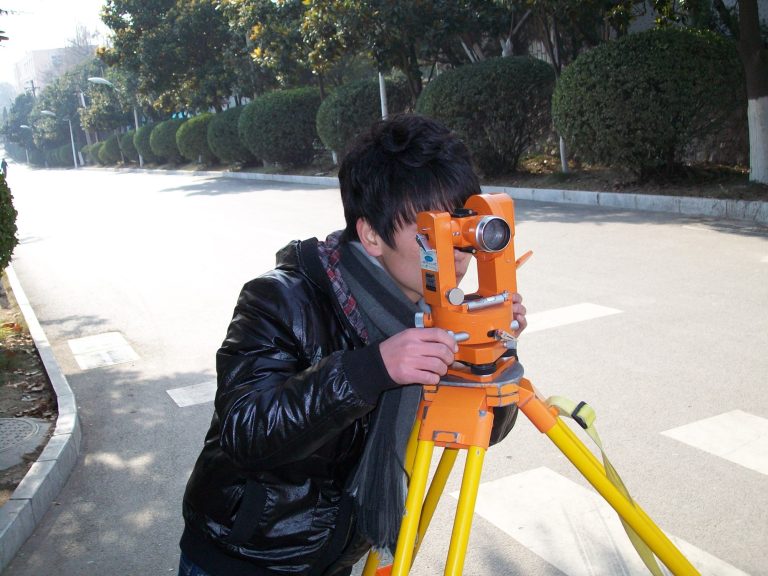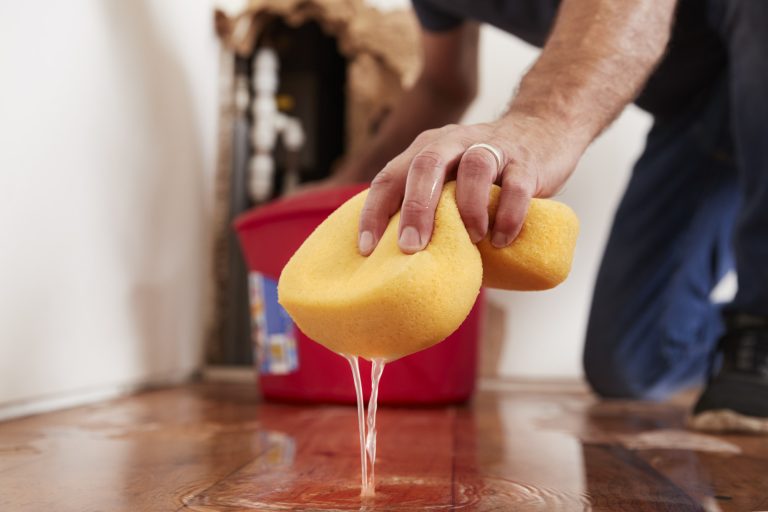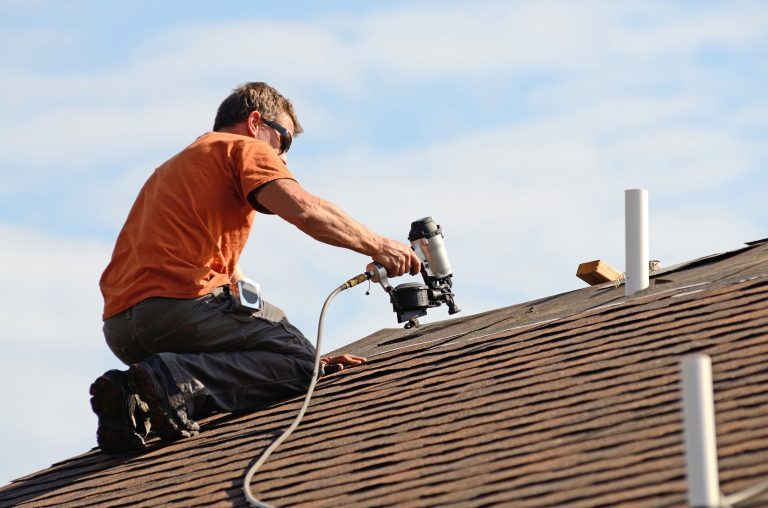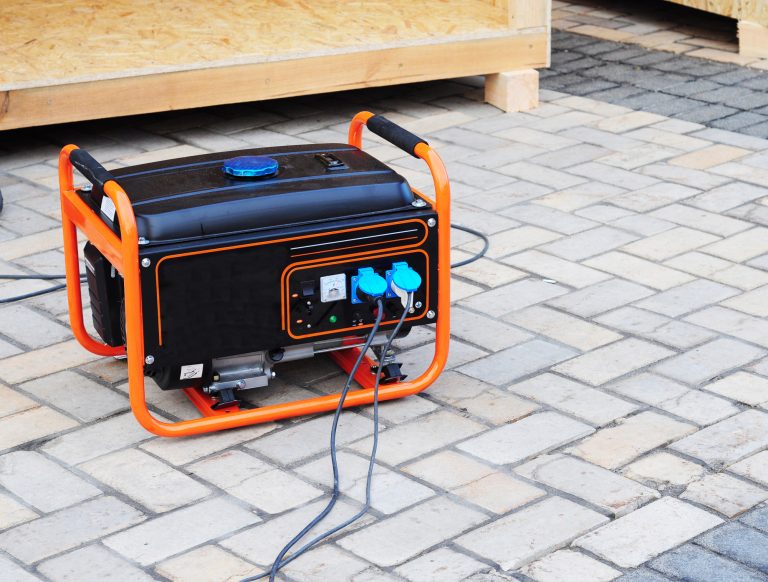The Proper Protocol: 4 Dos and Don’ts of Removing a Dead Animal
When it comes to threats to your family’s health and safety, most homeowners think of burglars and severe weather. Many overlook the threats of dead animals in your home, and failure to identify and solve the issue could result in dangerous health complications. Knowing how to identify and remove a dead animal from your home is a necessary part of owning a home.
Removing a dead animal is more complicated than picking up its body and placing it in a trashcan. It’s a hazardous process, and disposing of dead animals incorrectly could harm others. If you know who to call for dead animal pickup, you can prevent danger and hassle for your family.
Fortunately, you’ve discovered the best guide for the four do’s and don’ts of dead animal removal. Continue reading to learn how to dispose of dead animals in your home today!
Do’s of Removing a Dead Animal
There are specific steps to take when disposing of dead animals you find in your home or on your property. A miscalculation or a skipped step could result in illness or disease transmission. Proper safety gear is always recommended if you discover a dead animal in your home starting to decompose.
Touching the dead animal with your bare hands is always a no-go for your health and safety. Avert disaster by taking proper precautions. Here’s a look at what you can do to avoid a dangerous situation.
1. Do Use a Shovel
Touching a dead animal that is carrying diseases could cause significant health issues. Use tools like shovels to move the dead animal without making contact with it. You’ll remain a safe distance from the animal while still accessing it and starting the disposal process.
A long-handled shovel is the best option to keep a safe distance from the deceased critter. Have a plastic bag at the ready to place the animal’s body in before proceeding.
2. Do Use Gloves
Gloves are essential if you value your health and safety when disposing of a dead animal in your home. It’s much safer to move the animal to the plastic bag and carry it when safety gloves protect your skin. Disposable gloves are the best option since you can skip washing the gloves when the process ends.
3. Use a Second Bag
A common mistake many homeowners make when removing a dead animal from their home or property is to use only one bag. Have a second bag with you, and be ready to add another protective layer between your skin and the dead creature.
Don’t risk the first bag tearing and severe exposure to illness and disease. The second bag adds protection and peace of mind when getting rid of a dead animal. Consider seeking help from a wild animal removal service if the issue is beyond your skills and experience.
4. Use an Outdoor Trash Container
An outdoor trash container is a much safer spot to dispose of the dead animal than an indoor trash bin. You want the dead animal as far from your home’s interior as possible to keep your family safe. A decomposing animal causes significant health risks, especially in a confined space with limited airflow.
Don’ts of Dead Animal Removal
Now that you know the proper precautions to take when handling dead animal removal, it’s time to look at the steps you should avoid at all costs. The wrong move could put you in the hospital or result in severe disease. Don’t risk your health and future by cutting corners to eliminate the decomposing critter in your home’s crawl space.
1. Don’t Use Your Bare Hands
No matter what tools you use, never use your bare hands to handle a dead and decomposing animal. You don’t know what killed the animal or the diseases it carries. Waterproof gloves are the best option to protect your skin and maintain your health.
2. Don’t Do Too Much
Small animals are easy to dispose of since most homeowners have the necessary tools and resources to move and dispose of the body. A larger animal requires heavy-duty equipment that might be beyond your capabilities.
If you’re unsure how to proceed, hire services to help remove a dead animal at home. The best services have the skills and experience to safely handle and dispose of the dead body. It will cost more, but you can’t put a price on your health and peace of mind.
3. Don’t Ignore the Problem
You’ll notice several signs when you have a dead and decomposing animal in your home, and you must never ignore these signs if you want to maintain hygiene in your home. Dead animals take weeks to decompose, so a strong and pungent odor is a clear sign that you have a decomposing animal somewhere in your home.
The bacteria breaking down the body produce hundreds of smelly compounds. You’ll wait weeks for the smell to disappear if you ignore the problem and hope it goes away. Worms and skin rashes are other severe risks if you ignore the decomposing animal in your home or crawlspace.
4. Don’t Assume the Problem is Fixed
It’s easy to assume that once the dead animal is disposed of, the problem is fixed, and you don’t need to worry. The exact opening the animal found to access your home could still be there, allowing more animals to make a temporary home in the hidden areas of your home. It’s also possible that the dead animal is one of many taking up residence in your home.
Now You’re Aware of Safe Dead Animal Removal
Learning the essentials of removing a dead animal will keep you and your family safe and eliminate the pungent odor filling your home. Always use safety gear when removing a dead animal at home, and know who to call for help if you can’t handle the task alone. The worst thing you can do is ignore the problem and allow it to grow worse.
Are you ready to prioritize the safety of your family and home? Explore more of our home and real estate blog content to keep your home pristine today!






